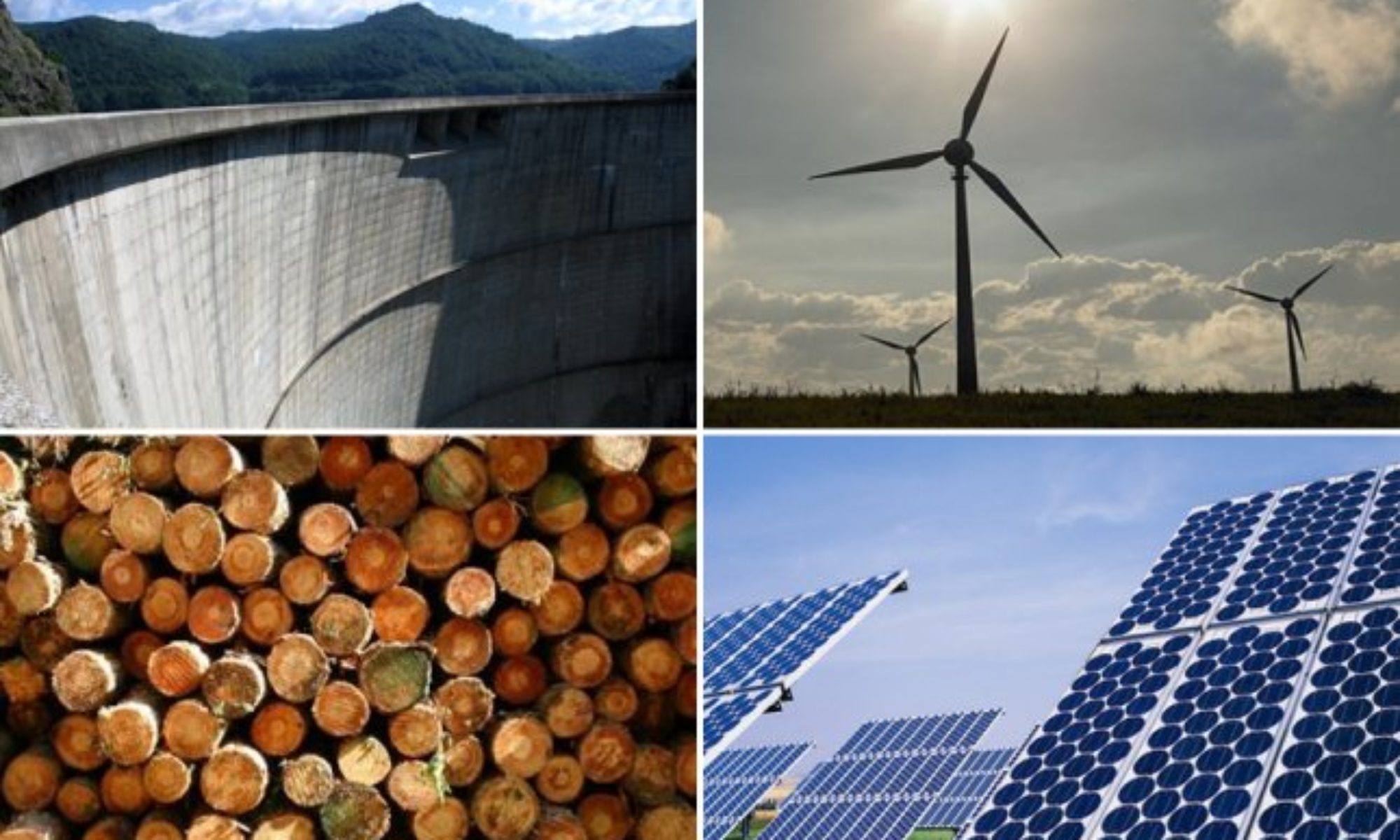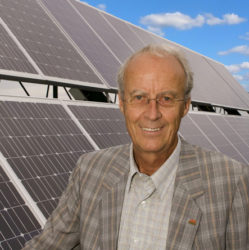Ontario Makes It Easier, Faster To Grow Green Energy
September 24, 2009 9:51 AM
From http://news.ontario.ca/newsroom/en/
Ontario has launched a series of bold measures to attract new investment in renewable energy projects and build a green economy that will promote the creation of 50,000 jobs over the next three years. Today’s announcement completes the final four steps of Ontario’s momentous “Ten Steps to Green Energy,” which will create green jobs and open green energy investment opportunities throughout the province.
STEP 7: Ontario has established the Renewable Energy Facilitation Office (REFO), a one-window access point to assist developers, communities and municipalities obtain information on developing renewable energy projects in Ontario, and help them navigate through the regulatory approvals necessary to bring their projects to life.
STEP 8: Establishing minimum setbacks for wind turbine projects, as part of the Renewable Energy Approval (REA) process, which became law on Sept. 24, 2009. The REA is designed to ensure that renewable energy projects are developed in a way that is protective of human health, the environment, and Ontario’s cultural and natural heritage.
STEP 9: Ontario develops domestic content requirements which would ensure at least 25 per cent of wind project costs and 50 per cent of large solar project costs come from Ontario goods and labour. Requirements for solar will increase on Jan. 1, 2011 and requirements for wind will increase on Jan. 1, 2012.
STEP 10: The Green Energy Act introduces North America’s first comprehensive feed-in tariff program that guarantees specific rates for energy generated from renewable sources. It is designed to encourage the development of renewable energy projects by a range of generators including Aboriginal communities, homeowners, farmers, schools, stores, factories, co-ops, offices and larger-scale commercial generators.
With certainty in the rules and regulations, guarantees in prices for energy generated from renewable sources and domestic content requirements in support of the growth of new “green collar” jobs, companies will have the confidence to invest in Ontario, hire workers, and produce and sell renewable energy.
Feed-in Tariff Program
The Feed-in Tariff (FIT) program offers long-term price guarantees for renewable electricity generators, which will increase investor confidence and make it easier to finance projects. Ontario’s FIT program will encourage billions of dollars in investment to help Ontario’s energy supply mix become one of the cleanest in North America. The FIT has several key features:
- allows all sizes of generators, from homeowners to large developers to participate;
- has prices that are intended to cover total project costs and provide a reasonable rate of return over a 20-year contract (40 years for waterpower);
- is open to various renewable energy technologies: biogas, biomass, landfill gas, solar photovoltaic (PV), wind and waterpower;
- provides incentives for Aboriginal projects;
- provides incentives for community-based projects;
- provides a straightforward way to obtain a contract for renewable electricity generation;
- has different prices for different technologies and different project sizes; and
- includes domestic content requirements.
FIT payments can range from 10.3 cents per kilowatt-hour (c/kWh) for landfill gas projects larger than 10 MW to 80.2 c/kWh for residential solar rooftop projects 10 kW or smaller. The FIT also includes a “price adder” for Aboriginal and community projects to encourage participation.
Domestic Content
Developers will be required to have a certain percentage of their project costs come from Ontario goods and labour at the time they reach commercial operation.
For wind, the requirement will start at 25% and increase to 50% on Jan. 1, 2012.
For micro solar PV (10 kW or smaller), the requirement will start at 40% and increase to 60% on Jan. 1, 2011.
For larger solar PV, the requirement will start at 50% and increase to 60% on Jan. 1, 2011.
The domestic content regulations will encourage investment, green manufacturing, construction and installation jobs in Ontario.
The Ontario Power Authority will begin accepting FIT applications on Oct. 1, 2009 and expects to sign the first contracts in early December.
Ontario will direct the OPA that there is to be no ground-mounted solar procurement above 100 kilowatts on class 1 and 2 or Specialty Crop Areas to provide continued protection of such lands. Some ground-mounted solar procurement, up to 500 megawatts, will be allowed on Class 3 lands, allocated on a regional basis.
Renewable Energy Approval (REA)
The Renewable Energy Approval (REA) process becomes law today, Sept. 24, 2009, and is designed to ensure that renewable energy projects are developed in a way that is protective of human health, the environment, and Ontario’s cultural and natural heritage. While the FIT program simplifies the contracts and pricing for new projects, a streamlined approvals process makes it easier to bring renewable energy projects to life.
The REA:
- Takes a cautious approach to setbacks and noise limits by establishing the largest setback requirements in Canada, the United States and eight European countries — a minimum setback of 550 metres for one to five wind turbines, with setbacks increasing with the number and the sound level rating of turbines
- Integrates environmental approvals, providing clear provincial rules and requirements, transparent decision-making and certainty for stakeholders and proponents.
- Integrates the former regulatory approval requirements, including: municipal planning approvals, Environmental Assessments, Certificates of Approval, Permissions to Take Water and other provincial approvals and permits.
- Establishes consultation processes for municipalities and communities in relation to project site requirements and local infrastructure.
- Encourages Aboriginal consultation early in the process with communities identified by the Crown.
- Is coordinated with other provincial approvals to ensure a streamlined approach, providing a six-month service guarantee per project.
Renewable Energy Facilitation Office
The newly created Renewable Energy Facilitation Office (REFO) is a one-window access point for information on renewable energy project requirements, and can connect Ontarians with the appropriate resources to assist them in navigating through the approvals and Feed-in Tariff processes.
The REFO functions as a source of information for renewable energy developers, communities, and municipalities, and can act as a liaison between these parties and Ontario’s ministries and agencies. The REFO can assist in setting up a coordinated orientation meeting to discuss your project’s requirements. This meeting can help clarify various requirements related to your renewable energy project.
As an umbrella body with no regulatory responsibilities, REFO has a unique understanding of the renewable energy regime and serves to educate all its parties based on its understanding.
More information
Read more about Ontario’s Green Energy Act
For details about the Feed-in Tariff Program visit www.powerauthority.on.ca/FIT
For details on the new approvals process, visit the Ministry of Environment at www.ene.gov.on.ca/en/business/green-energy
To learn more about renewable energy in Ontario visit www.ontario.ca/renewableenergy
Visit the Renewable Energy Facilitation Office at www.ontario.ca/renewableenergyprojects
Amy Tang, Minister’s Office, 416-327-6747
Eric Pelletier, Communications Branch, 416-325-1810
John Karapita, Minister’s Office, 416-314-6736
Kate Jordan, Ministry of the Environment, 416-314-6666

